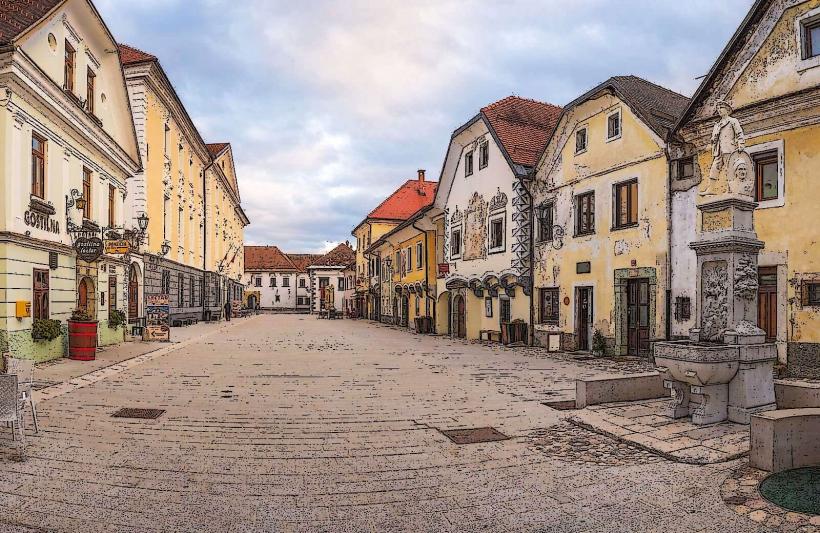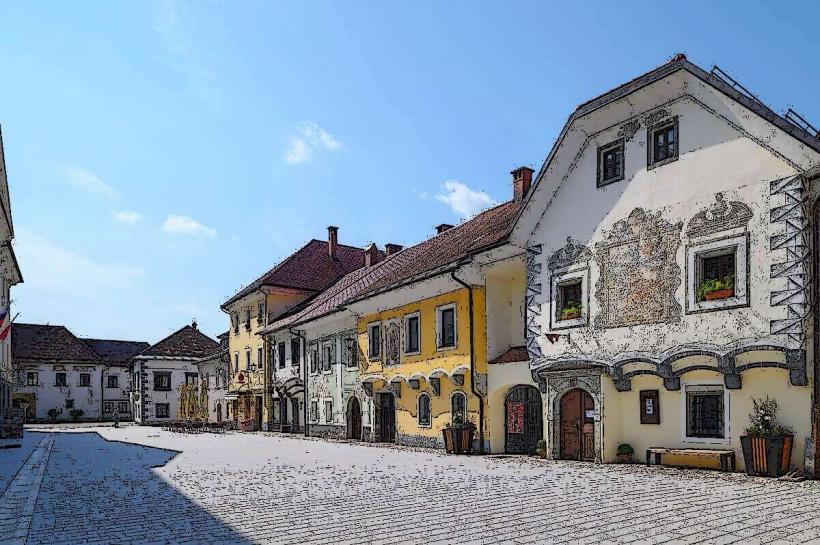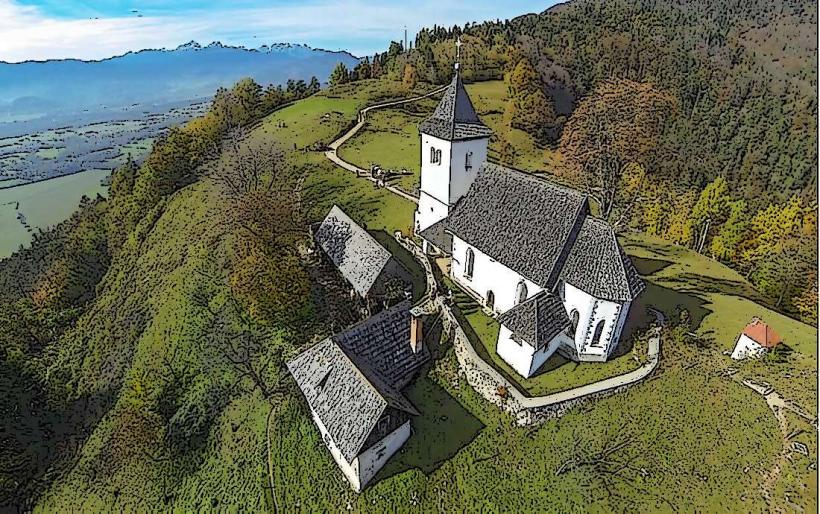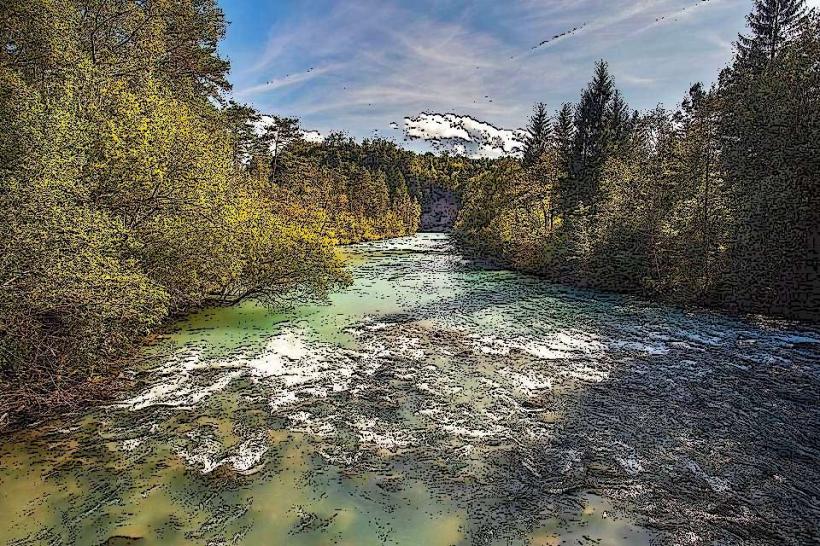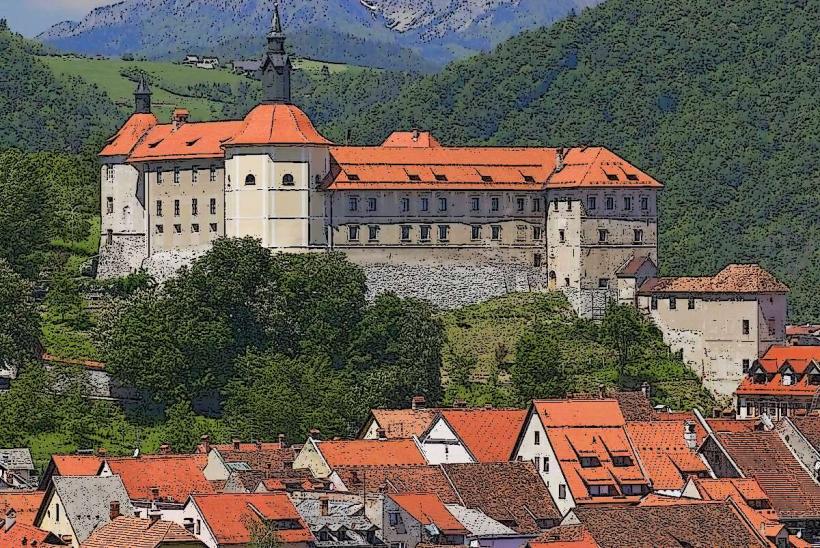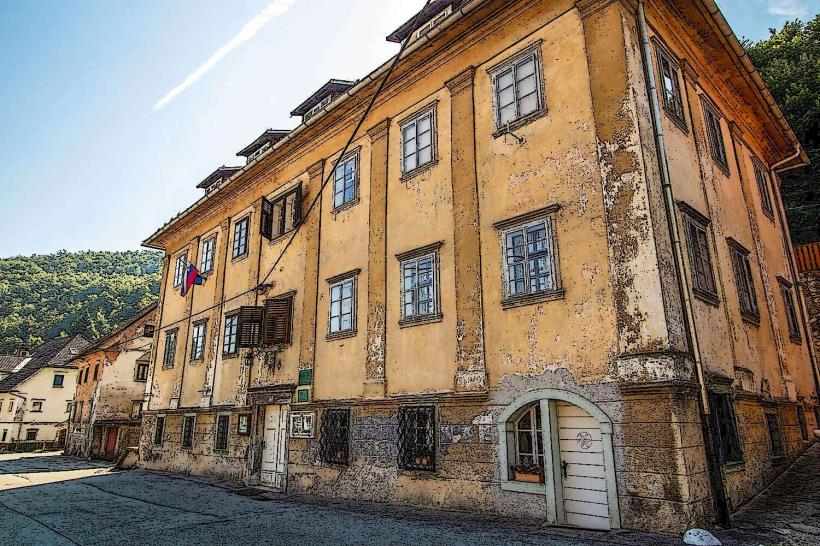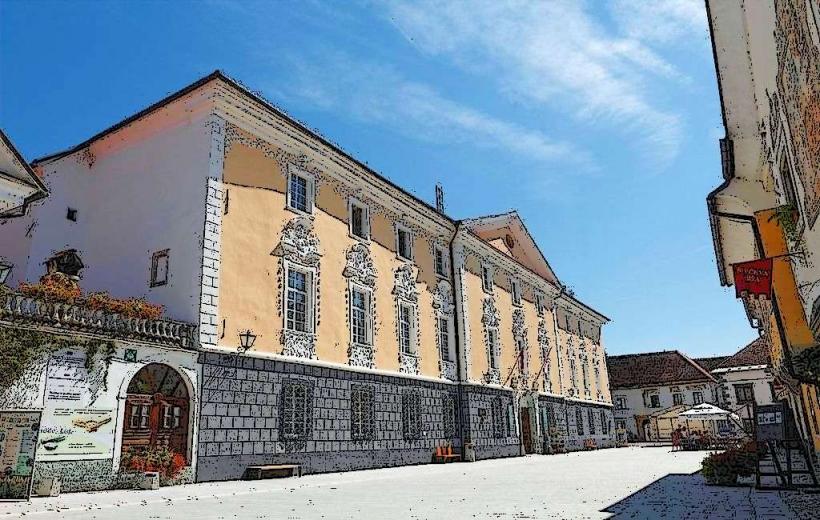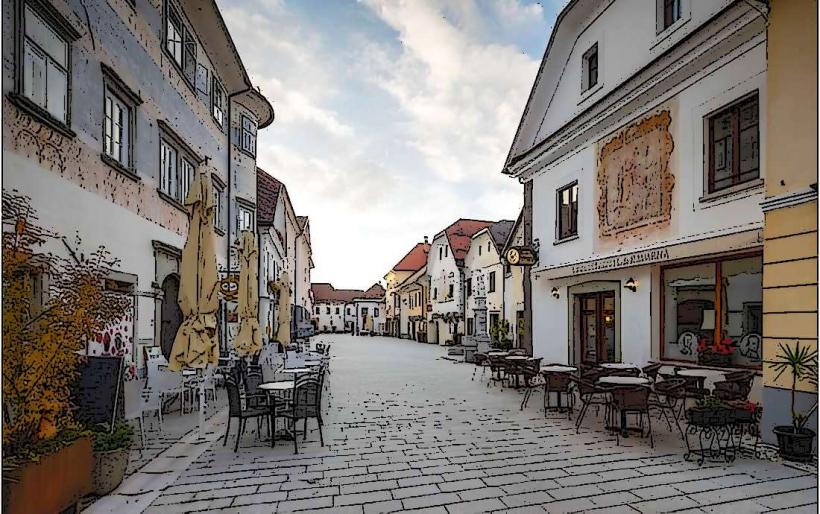Information
Landmark: Lipnica Castle RuinsCity: Radovljica
Country: Slovenia
Continent: Europe
Lipnica Castle Ruins (Slovene: Ruševine gradu Lipnica) are located near the village of Lipnica in the region of Upper Carniola (Zgornja Carniola), Slovenia. The castle is a historical site that offers visitors a glimpse into the medieval past of the region, and though it is now in ruins, it remains an intriguing landmark for history and architecture enthusiasts.
Overview of Lipnica Castle Ruins
Location:
- Lipnica Castle is situated on a hilltop near the village of Lipnica, which is located approximately 10 kilometers south of the town of Kranj, the largest city in the Upper Carniola region.
- The ruins are surrounded by wooded areas and offer panoramic views of the surrounding landscapes, including views of the Sava River, the Kamnik-Savinja Alps, and the Ljubljana Marshes.
- Its hilltop location was strategically chosen to offer defense advantages, with an excellent vantage point over the surrounding valley and forested areas.
History of Lipnica Castle:
- Lipnica Castle was originally built in the 13th century, likely around the year 1241, during the medieval period. It was established by the Counts of Andechs, a noble family from the region, who were known for their control over various lands in what is now Slovenia, Austria, and Germany.
- The castle's primary purpose was likely to serve as a fortified residence for the local nobility and as a defense against potential invaders. It was also strategically placed to control the trade routes that passed through the region, as well as to protect the nearby villages.
- Over the centuries, the castle changed ownership several times, and different noble families controlled it, with the Counts of Andechs and later the Counts of Celje being the most notable families associated with it.
- In the 16th century, the castle was gradually abandoned and fell into ruin due to a combination of warfare, neglect, and the evolving political landscape of the region. By the 17th century, it had lost much of its former importance, and eventually, the structure deteriorated further.
Architecture and Structure:
- The original fortifications of the castle included thick stone walls, defensive towers, and a moat that surrounded the castle to enhance its defensive capabilities. The design of the castle followed typical medieval principles, with a central courtyard and living quarters arranged around it.
- The structure was likely built in the Gothic architectural style, with elements of Romanesque design present in the original construction.
- Today, the castle ruins are primarily comprised of the remnants of stone walls and parts of the foundations. The site is overgrown with vegetation, which adds to its atmospheric, abandoned feel. While much of the castle is gone, visitors can still make out the outline of its original layout, including the remnants of the castle walls and tower bases.
Visiting Lipnica Castle Ruins:
- The Lipnica Castle Ruins are accessible to visitors, and the site is popular among those who enjoy hiking, nature walks, and historical exploration.
- The castle’s location on a hill means that visitors will need to walk or hike to reach the ruins. The hike is relatively easy and can be completed in a short amount of time, though it does involve some uphill walking. Once at the top, visitors are rewarded with beautiful views of the surrounding landscapes, which include the nearby Sava River and distant mountains.
- The ruins themselves offer an intriguing snapshot of medieval life, and visitors can explore the foundations, walls, and various remnants scattered across the site. There are no entrance fees, and visitors can explore the area freely.
- The surrounding forest and meadow areas make it an ideal spot for outdoor activities, and the ruins are often visited by hikers and photographers.
Cultural and Historical Importance:
- Though in ruins, Lipnica Castle holds historical significance as a reminder of the medieval period in Slovenia. Its location and design reflect the military and political importance of the region during the Middle Ages.
- The castle was part of the larger network of fortifications that once dotted the Slovenian landscape, many of which were built to protect the kingdom and control trade routes.
- The castle ruins are also a cultural landmark for the local community. The area around Lipnica has long been known for its rich history, and the castle is a notable piece of that legacy.
Nearby Attractions:
- Kranj, which is a short drive away, offers visitors a historic old town, the Prešeren Memorial Museum, and scenic views from the Kranj Gorge. The city is also home to the Khislstein Castle and St. Nicholas' Church.
- The Kamnik-Savinja Alps are nearby, providing excellent opportunities for hiking, nature walks, and mountain exploration. The Alps also offer panoramic views of the region.
- Lake Bled, one of Slovenia’s most famous tourist destinations, is not far from Lipnica. The lake is famous for its island with a church, the Bled Castle, and its stunning Alpine setting.
Conclusion:
- Lipnica Castle Ruins are a fascinating and atmospheric historical site in Slovenia. While much of the castle is in ruins, it still offers a valuable insight into the medieval history of the region, and its location provides excellent views of the surrounding landscapes.
- The site is an excellent destination for those interested in medieval history, architecture, or simply looking for a peaceful and scenic place to explore. With its hiking opportunities and historical significance, Lipnica Castle offers an immersive experience for visitors interested in Slovenia’s rich cultural heritage.

